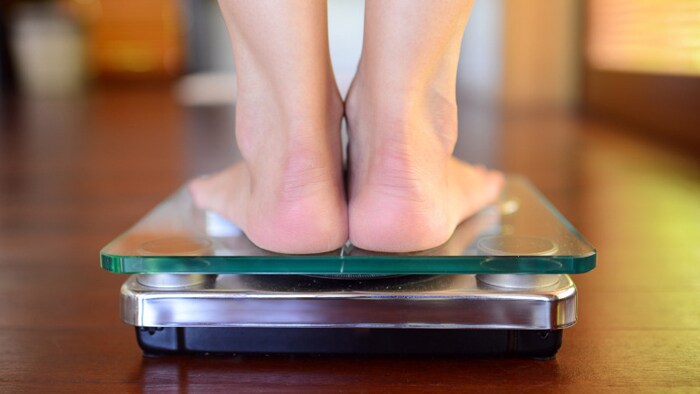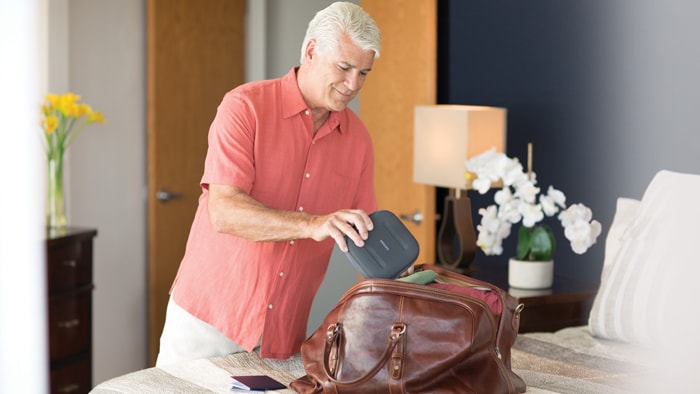Keeping it clean: CPAP hygiene
A shower or bath is a great way to start your day. But a refreshing dip and a good hygiene routine is just as important for your CPAP as it is for you. Proper upkeep of your CPAP machine can help ensure the device functions properly. “It is vitally important to keep everything as clean as possible, as hoses/tubing and masks can be a prime breeding ground for bacteria and mold,” said Phoebe Ochman, director of Communications for Sleep Apnea Treatment Centers of America. The thorough cleaning of your CPAP machine can be divided into daily and weekly cleaning, she said.
Daily Cleaning
Get in the habit of wiping down your mask (including areas that come in contact with your skin) using a damp towel with mild detergent and warm water. This will remove any oils, dead skin cells and sweat on the mask that can affect the quality of the seal. Gently rinse with a clean towel and let the mask air-dry. You can also use pre-moistened towels designed specifically for cleaning CPAP masks, which are available at many sleep centers. If your unit has a humidifier, empty any leftover water instead of letting in sit in the unit all day. Refill the humidifier with clean, distilled water right before bedtime for optimal use, Ochman said. If you’ve been sick, it’s smart to wash your mask, tubing, humidifier and filter daily until your cold, flu or virus symptoms are gone. That can help reduce the amount of time you spend under the weather.
Weekly Cleaning
Your mask and tubing need a full bath once a week to keep it free of dust, bacteria and germs. Clean the CPAP tubing, nasal mask and headgear in a bathroom sink filled with warm water and a few drops of ammonia-free, mild dish detergent. “Swirl all parts around for about five minutes, rinse well and let air dry during the day,” Ochman said. Hang the tubing over the shower rod, on a towel rack or in the laundry room to ensure all the water drips out. The mask and headgear can be air-dried on a towel or hung on a hook or hanger. “You should also wipe down your CPAP machine with a damp cloth,” Ochman noted. The towel shouldn’t be too damp or wet, as water could get into the machine. Clean the filter by removing it and rinsing it in warm tap water. “Squeeze it under the water and squeeze to make sure there is no dust. Then blot down the filter with a towel,” she said. But don’t wash your machine’s white filter, if one is present—those are disposable and should be replaced once a month, Ochman said. “Just like your house filters, if the white filter is dirty, it should be replaced sooner than once a month.” If your CPAP has a humidifier, that also needs to be cleaned weekly. Empty any remaining water and then wash the water chamber in the sink with warm soapy water. Rinse well and drain out as much of the water as possible. Let the chamber air-dry before placing it back into the CPAP unit. “Every other week you should disinfect the humidifier,” Ochman said. Do that by soaking it in a solution of one part vinegar to five parts water for 30 minutes, thoroughly rinsing and then placing in your dishwasher’s top rack for washing. And keep it clean by using only distilled water to prevent mineral deposits that can build up and cause damage to your machine. With a little upkeep, your CPAP can continue to help you breathe better for a long time. Just a few minutes a day can help keep your CPAP running efficiently for years to come.


